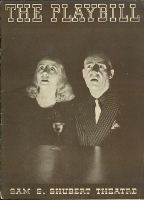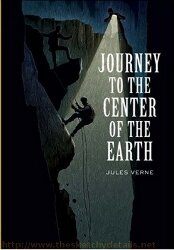My Life as a White Trash Zombie[/caption]Angel Crawford is not what you would consider a sympathetic hero. She’s a drug addict who dropped out of high school to enter the real world but can’t even hold down a simple retail job long enough to move out of her alcoholic father’s house. Her boyfriend is involved with a whole lot of criminals, including the guy who sells Angel a stolen car that sends her away on federal charges. As if life wasn’t bad enough, she’s turned into a zombie after a bad car wreck.
My Life as a White Trash Zombie by Diana Rowland is another urban fantasy book that changes the rules of what it means to be a zombie. So long as the living dead feed on brains every couple days, they pass as living humans with all their faculties in tact. The difference from other modern romance/horror/urban fantasy books is that Rowland’s mythology is well-developed and works for the story she’s telling.
Angel is forced to work in a morgue by a mysterious benefactor after landing in the emergency room. This benefactor gives her an introductory supply of a smoothie drink and tells her she’ll be sent straight to jail if she doesn’t hold onto her new job for at least 30 days. The unexpected benefit is Angel discovering she can be a productive member of society. People think she’s smart and funny and don’t dismiss her as nothing but white trash if she actually tries to do something positive for once in her life.
 Rowland’s strength is creating a believable universe. Despite the new twist on zombie lore, My Life as a White Trash Zombie feels pretty grounded and realistic for an urban fantasy title. There’s a lot of good research into actually crime scene and morgue procedures. The various characters–cops, doctors, funeral shop employees, and junkies–feel real.
Rowland’s strength is creating a believable universe. Despite the new twist on zombie lore, My Life as a White Trash Zombie feels pretty grounded and realistic for an urban fantasy title. There’s a lot of good research into actually crime scene and morgue procedures. The various characters–cops, doctors, funeral shop employees, and junkies–feel real.
Angel herself quickly turns into a strong leading character. She reflects everything through a pop culture lens, letting her initial judgment of personality types and scenarios by way of crime scene shows determine how she reacts in a situation. They’re just quick gestures to establish characters before using them in meaningful ways. It creates a nice sense of style and reality without becoming too serious. This is a zombie story, after all.
The biggest issues with the book are passive voice and excessive action. There are entire paragraphs built on the “While doing something completely irrelevant, Angel does something that actually matters to the story” framework. Do you really need to let the audience know a 105 pound woman is breathing heavily the first time she lifts a dead body? I initially thought the passive voice element was an artistic choice to weaken Angel at first, but it continued throughout most of the novel. These moments distract from the rich universe and serviceable mystery being told.
Style issue aside, My Life as a White Trash Zombie is a solid start to an urban fantasy series. Romance takes a backseat to actually telling a story and it makes all the difference.
This review was written for Cannonball Read IV. Come support good book reviews for charity.

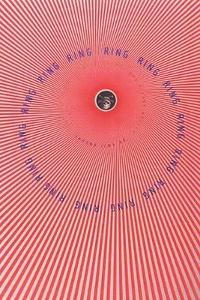 Ring, the inspiration for the popular Japanese horror series and blockbuster US remake, is a quiet investigative thriller. Kazuyuki Asakawa, the newspaper journalist trying to find out how four teenagers all died at the same time from heart failure, is not a particularly engaging protagonist. He is a calm and understated man more than willing to take no for an answer. He would rather hold his cards close to his chest than risk being told no before he sees a story through to the end.
Ring, the inspiration for the popular Japanese horror series and blockbuster US remake, is a quiet investigative thriller. Kazuyuki Asakawa, the newspaper journalist trying to find out how four teenagers all died at the same time from heart failure, is not a particularly engaging protagonist. He is a calm and understated man more than willing to take no for an answer. He would rather hold his cards close to his chest than risk being told no before he sees a story through to the end.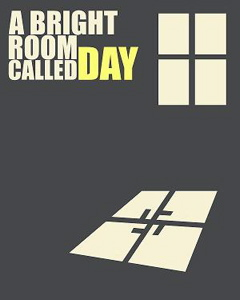 This play is not a light read. Kushner takes his inspiration from a Bertolt Brecht play called The Private Life of the Master Race. Instead of subverting the story to bring in the modern social issues, Kushner apes the form of Brecht to tell an original period story. Every brief scene–there are dozens only a page or two long–is book-ended by a suggestive title spoken in German (and translated to English on a projection screen) and a blackout.
This play is not a light read. Kushner takes his inspiration from a Bertolt Brecht play called The Private Life of the Master Race. Instead of subverting the story to bring in the modern social issues, Kushner apes the form of Brecht to tell an original period story. Every brief scene–there are dozens only a page or two long–is book-ended by a suggestive title spoken in German (and translated to English on a projection screen) and a blackout.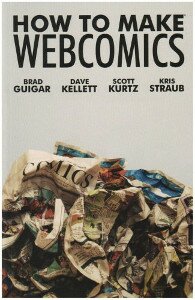 How to Make Webcomics focuses on putting your comic on the Internet. One chapter teaches you how to properly scan hand-drawn line art into your computer for upload or further manipulation. Another discusses all the possible factors you need to consider when naming and branding your website. The more business-driven the task, the more detail the creators put into the chapter.
How to Make Webcomics focuses on putting your comic on the Internet. One chapter teaches you how to properly scan hand-drawn line art into your computer for upload or further manipulation. Another discusses all the possible factors you need to consider when naming and branding your website. The more business-driven the task, the more detail the creators put into the chapter.